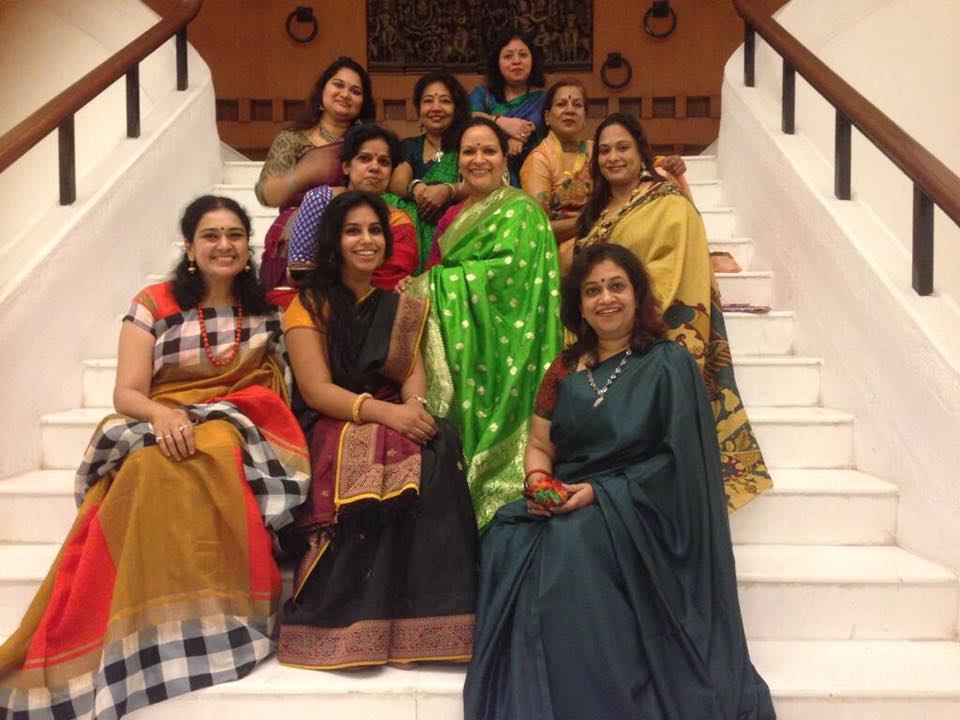New York Times carried an article that concludes that in India
New York Times carried an article that concludes that in India, fashion has become a nationalist cause alluding to the saree. And that along with India’s protectionist policies, the rise of Hindu nationalist politics has become a major obstacle to realizing the country’s promise of growth for luxury brands from all over the world, in main, fashion.
The construct that the saree has political leanings and that a government is forcing it on Indian women, ever so subtly, is hilarious to me, and reeks of lazy journalism.
Sensational journalism too. Lynching of minorities who have been disrespectful to the ‘sacred’ cows of the land and Indianizing fashion by way of traditional wear…the writer sees these as connections. Traditional wear as a clamping down of fashion ideas matches with the government’s aim of a broader political program of Hindu nationalism, writes the writer, making me suspect an agenda on his part also.
The saree has been here long, long before the BJP, Modi and Smriti Irani and will remain long after they’re gone.
Leave my saree alone, New York Times. I love it, and I wear it with pride and with no political leanings. Seeing fashion as traditional versus modern – old fashioned versus changing with the times is myopic vis a vis a saree…there is no other garment I know of, that has stood the test of time, reinvented itself again and again in design, texture, style, motif, colour, cloth and become relevant to the wearer.
It’s not about popularizing a fashion aesthetic, the Saree IS our identity and weavers must get their due for being custodians of our collective history.
Proudly wearing my Banarasi saree in Chennai with friends who are wearing sarees from different regions of India.
We are not nationalist chest thumping Hindus in a multi faith India. In fact, we
honor our multi cultural past every time we drape a saree for it is the saree that holds in its folds the influences of many cultures.
And you cannot define us by what we wear. Independent thinking, empowered thinking, free thinking, it can all happen in a saree as much as it does in a hijab, a dress, trousers or a kurta.
We aren’t making a political statement with our sarees, we’re standing tall and acknowledging our shared past.

